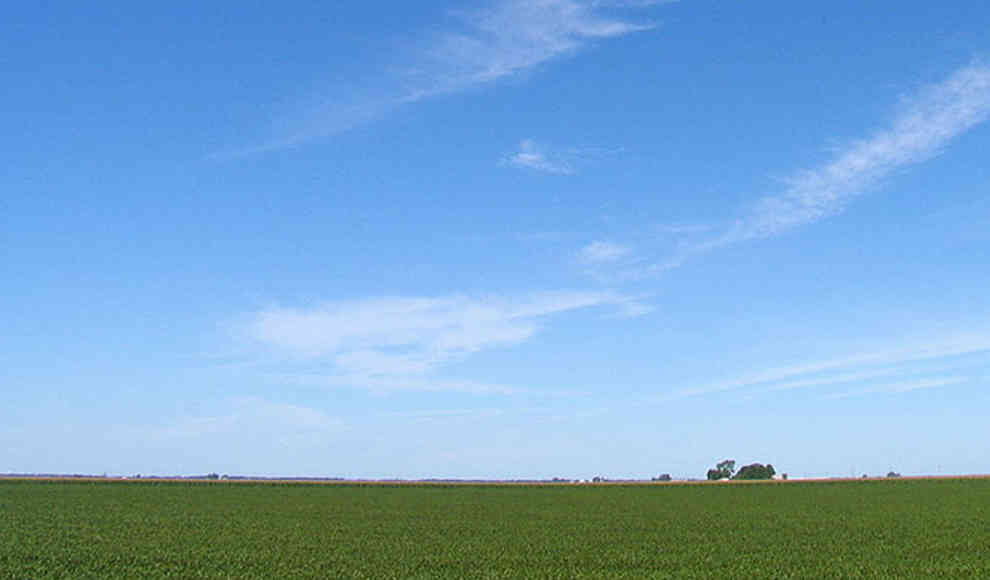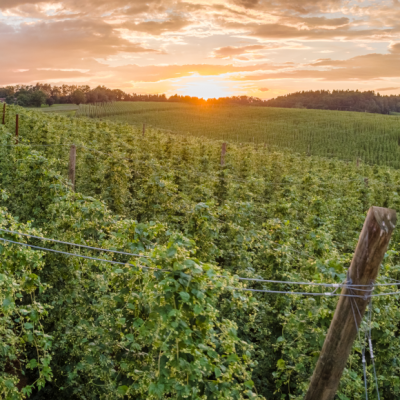Argentina’s farmers are facing a growing problem with glyphosate-resistant weeds that are spreading rapidly. A new herbicide to combat the resistant weed is not expected to be available until 2022. According to the Argentine newspaper La Voz, the current situation in Argentine agriculture is alarming. Approximately 50 to 60 percent of all soybean and corn fields are already moderately to severely affected by the glyphosate-resistant weed Amaranthus. Argentina is the country where the herbicide glyphosate is most widely used. Amaranthus was originally cultivated as a crop in Central and South America but is now found all over the world. In Argentina, the plant has become a national problem.
In 2011, only one percent of agricultural land south of Córdoba was affected by the weed. However, a recent study presented at the No Malezas Symposium in Buenos Aires shows that the weed is now found on 9.4 million hectares of soybean fields. “It is now widespread across the entire agricultural area,” explains Lorena Zubizarreta, Syngenta’s herbicide manager for South America. As a result, the market for glyphosate has noticeably shrunk. “55 percent of the Argentine market today consists of other herbicides.” The weed is causing farmers to incur additional costs, with weed control on soybean fields costing between 60 and 80 US dollars per hectare and between 30 and 40 US dollars per hectare on corn fields.
Unfortunately, farmers will have to wait for new herbicides to become available. Each new herbicide requires about eight years of research and an investment of around 120 million US dollars. The Swiss company Syngenta, recently acquired by Chemchina, plans to introduce three new herbicides in 2022 and 2025. One of them is specifically designed to combat Amaranthus. The situation in Argentina highlights the need for sustainable farming practices that reduce the reliance on herbicides and prevent the development of resistant weeds.










